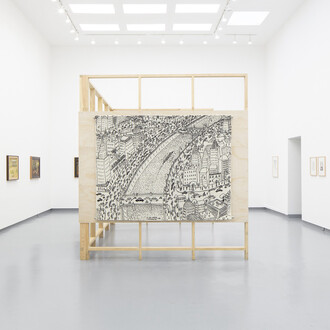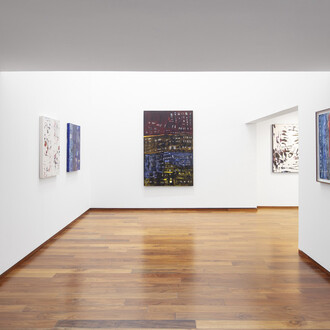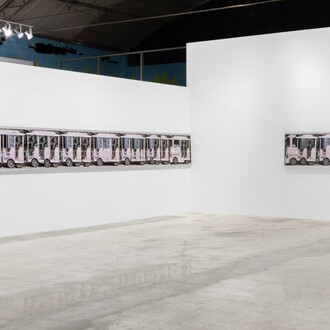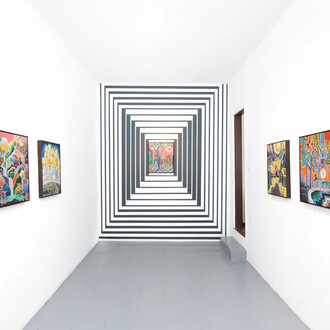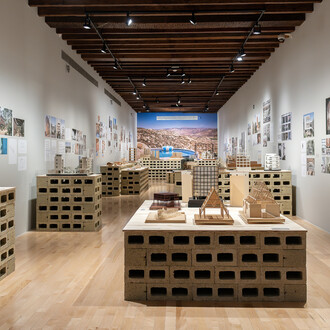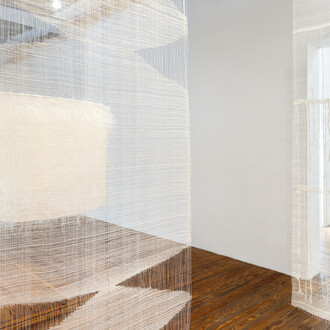One day I found myself looking through my Aunt Lupita's garage in San Diego, California. I gazed upon all the boxes, all the things that wound up there from some earlier time when they were inside her house —tools, Christmas ornaments and other things that made me think about border art.
If I close my eyes, the art made on Mexico's northwest border takes on the appearance of that same garage. It is a recurring image that comes to me every time I think of some of the names, exhibitions, events, rumors and artworks that constitute an important aspect of my imaginary. People have been writing about border art for over two decades, but this history has mostly been transmitted orally, tending to get lost and forgotten along the way.
No one comes to art all on their own. In one way or another, every work is sustained by a tradition, a poetics, and a politics, framing artistic creation in a web of relationships. Much of my own tradition comes from border art that was produced in the context where I was born, grew up, and now work. But every tradition must be renewed every so often.
This past summer, I made an invisible exhibition throughout public spaces of Tijuana, San Diego and Popotla areas. I installed some photographs of events that took place between 1994 and 1995 as part of Insite, which back then became key pieces of border art. I placed a framed archive picture alongside the title of the original piece and abandoned it on site. What I kept for myself was the documentation of the installed images, as a gesture to reactivate a history that I did not have the chance to witness.
Over the past few months I invited students from the Art Department at the UABC in Tijuana to create a garage (which is an ongoing process), consisting in a study of the forms that artists have been working on around the border. The strategy was to rework, appropriate, learn and relearn both from works that have become emblematic and from other, lesser-known ones. The idea behind collaborating with younger students from Baja California is to rethink history and the way in which we learn about or overlook what's in the air around us. These ways of working are also forms that are quite characteristic of border art, which has been largely made up of appropriations since the 1970s.
Re-readymade; re-re-appropriation. When my border art history garage appears, these works become fragments, incomplete images, phrases, other moments in time that I myself did not live through but were described to me, an idea I grew up with, which became a historical specter, which then became a myth, a myth that many eyes have seen, from within and without.
The border is also an atmosphere. For as long as I can remember, every time I've crossed the border I've felt as though the air changed from one side to the other. I set out to prove that this was a feature of the environment with the help of three chemistry researchers at the UABC. They helped me detect which chemical components are present at the intersection of Tijuana and San Diego, to then develop a series of distillates with this information encountered in the air. The scents detected there register aspects of everyday life that spread in both directions, from the foods that are cooked and eaten, ways of treating the environment, and vegetation.
Border art is in the air. Border art is my afterimage.





